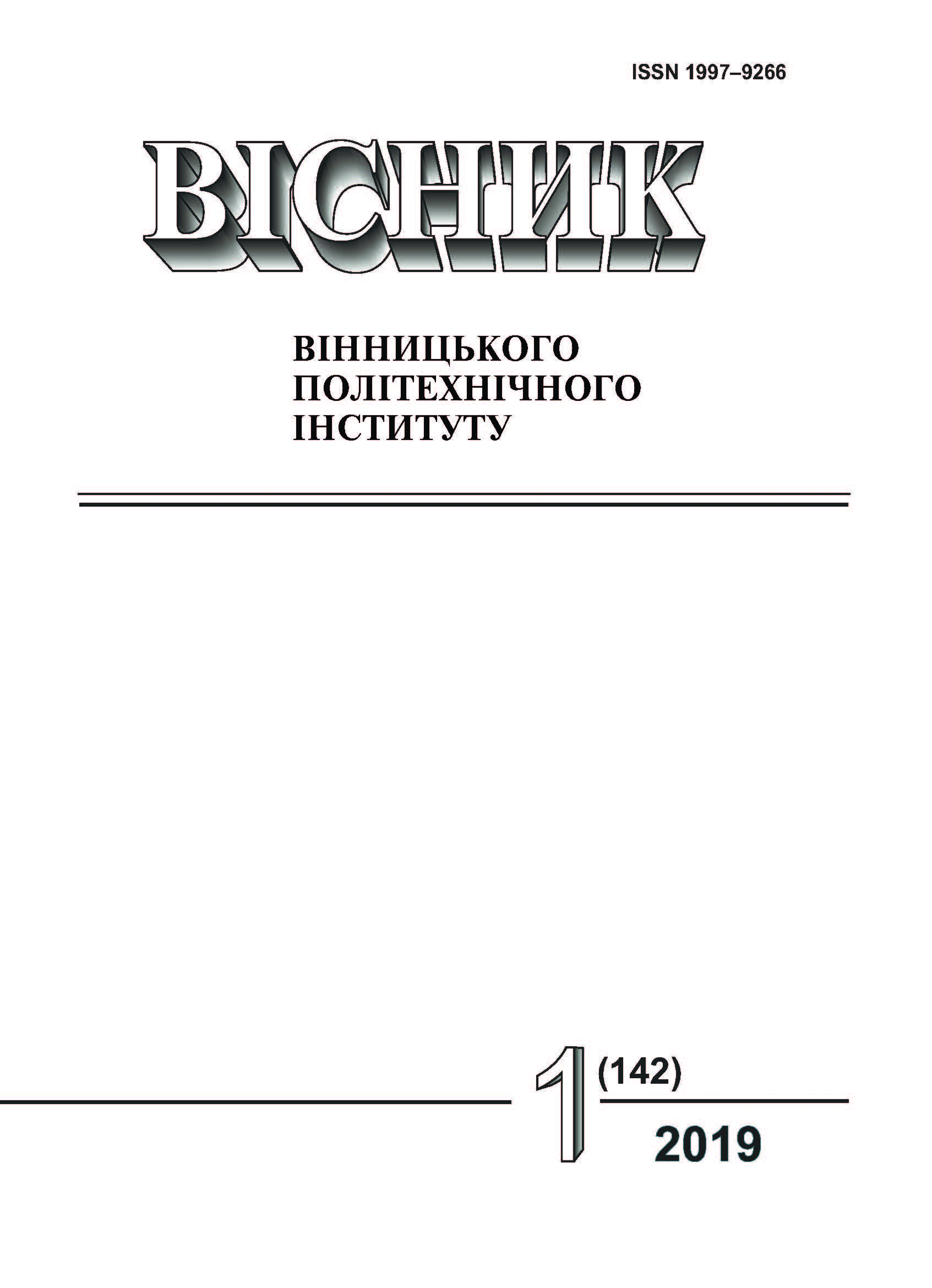Characteristics of Tapered Bearings with Longitudinal Blind Microgrooves of Constant Width and Different Depth Profiles
DOI:
https://doi.org/10.31649/1997-9266-2019-142-1-78-85Keywords:
conical bearing, longitudinal micro-grooves, variable depth, stepped micro-grooves, triangular profile, static characteristicsAbstract
Gas bearings with longitudinal grooves are successfully used in high-speed spindle units of drilling and grinding machines, processing equipment for processing crystals and precision instruments. But a small viscosity and compression of gas requires a detailed study of all factors that affect their work. The reliability of gas bearings depends on the compliance of the calculated values of the lifting force, the moment of reaction and the rigidity of the working gas layer from the external load, and the economy — on the gas flow. Engineers and scientists constantly search for structures and methods for calculating gas bearings with maximum power characteristics with minimal gas consumption. This is achieved using external chokes, a combination of external and internal throttling of the gas flow. The use of gas bearings with longitudinal grooves is determined by the manufacturability of their manufacture and high reliability in operation. But bearings of this type are significantly inferior in their characteristics to bearings with pressure regulators outside the carrier gas layer with a relative bearing length of l £ 3. To improve the characteristics of bearings with longitudinal grooves, it is necessary to reduce costs and harmful circular flow of gas in the working gap from the section of increased pressure to the lower side. This is achieved by using variable profile grooves with a maximum depth of grooves in the compressed gas supply zone for working of gas bearings.
The proposed application of stepped longitudinal micro-grooves and micro-grooves, the depth of which varies according to the linear law with the maximum depth at the line of pressure of compressed gas into the working gaps of the conical bearing, leads to an increase in the efficiency of Eε (Kε*/Q* ratio) of the use of tapered bearings in spindle units, devices and etc. from 13,9 to 16,8 % for α = 2° and from 1,2 to 16,5 % for α = 6° and reduces the radial displacement of the axis of the shaft with the coaxial with the body of the position by 17…27 % compared with the bearings with the micro-grooves constant depth (with the same external load), which increases the reliability of the work of the spindle units.
The profile of longitudinal micro-grooves has an insignificant effect on the angular and axial stiffness of the bevel bearing and greatly affects the radial stiffness.
Downloads
-
PDF (Українська)
Downloads: 202
Published
How to Cite
Issue
Section
License
Authors who publish with this journal agree to the following terms:
- Authors retain copyright and grant the journal right of first publication.
- Authors are able to enter into separate, additional contractual arrangements for the non-exclusive distribution of the journal's published version of the work (e.g., post it to an institutional repository or publish it in a book), with an acknowledgment of its initial publication in this journal.
- Authors are permitted and encouraged to post their work online (e.g., in institutional repositories or on their website) prior to and during the submission process, as it can lead to productive exchanges, as well as earlier and greater citation of published work (See The Effect of Open Access).





